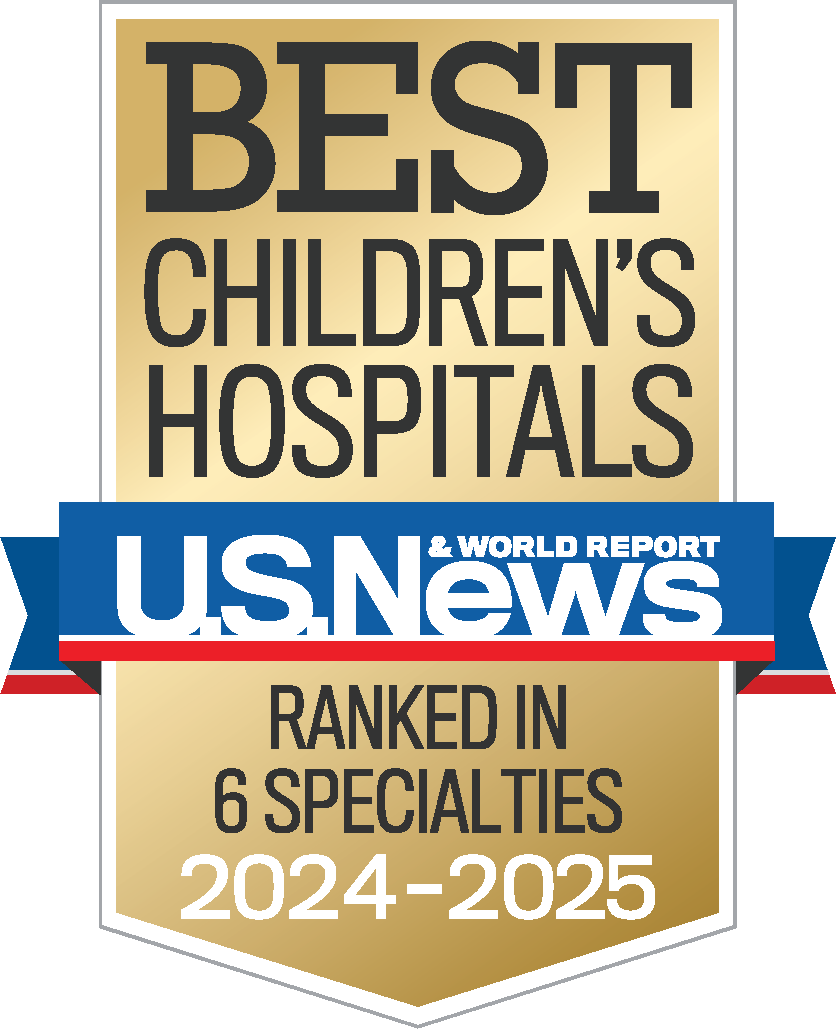Q: What is influenza or flu?
A: Influenza (also known as the flu) is an infection of the respiratory tract. It is caused by a virus that spreads easily from person to person. It spreads when people cough or sneeze out droplets that are infected with the virus and other people breathe them in. The droplets also can land on things like doorknobs or shopping carts, infecting people who touch these things.
Q: Is flu contagious?
A: The flu is very contagious. People can spread it from a day before they feel sick until their symptoms are gone. This is about one week for adults, but it can be longer for young children.
Q: How will I know if my child has flu and not just a cold?
A: The fall and winter months are cold and flu season. Both the cold and the flu can present similar symptoms, including cough, congestion and runny nose. In general, the flu hits a lot harder and quicker than a cold. When people have the flu, they usually feel worse than they do with a cold. Most people start to feel sick about two days after they come in contact with the flu virus.
Q: What are some symptoms of flu?
A: Common symptoms of the flu include:
- Fever or feeling feverish with chills, though not all people with the flu will have a fever
- Cough
- Sore throat
- Runny or stuffy nose
- Muscle or body aches
- Headaches
- Fatigue
- Vomiting and diarrhea, which are more common in children
Q: When should we get this season’s flu vaccine?
A: Flu season in the United States is from October to May. Vaccines are provided at most pediatricians’ offices. The American Academy of Pediatrics (AAP) recommends the flu shot for everyone over 6 months old.
Q: What is the treatment for flu?
A: Most children with flu get better at home. In the event a child does get sick, you can help mitigate symptoms. Make sure your child is drinking plenty of fluids. You can give appropriate doses of acetaminophen or ibuprofen to relieve fever and aches, and make sure they are getting plenty of rest.
Q: When should I seek medical treatment for my child if I suspect flu?
A: Bring your child to the doctor if you’re concerned about severe symptoms. Most of the time parents can care for their children with plenty of rest, fluids and extra comfort. Some children are more likely to have problems when they get the flu, including:
- children up to the age of 5, especially babies
- children and teens whose immune system is weakened from medicines or illnesses
- children and teens with chronic (long-term) medical conditions, such as asthma or diabetes
Q: In addition to the flu vaccine, how else can we stay healthy during cold and flu season?
A: The American Academy of Pediatrics (AAP) recommends the flu shot for everyone over 6 months old. Here are some other tips for staying healthy during cold and flu season:
- Cover your cough and sneeze
- Wash your hands
- Clean living and working areas
- Avoid crowds
- Stay home from work or school if you are sick
- Avoid touching your eyes, nose, and mouth
Q: How can we prevent the spread of germs in our house if my child is sick?
A: The flu virus spreads when people cough or sneeze out droplets that are infected with the virus and other people breathe them in. The droplets also can land on things like doorknobs or shopping carts, infecting people who touch these things.
Teaching children the importance of hand washing is the best way to stop germs from causing sickness. It’s especially important after coughing or nose blowing, after using the bathroom and before preparing or eating food.
There’s a right way to wash hands, too. Use warm water and plenty of soap, then rub your hands together vigorously for at least 20 seconds (away from the water). Children can sing a short song — try “Happy Birthday” — during the process to make sure they spend enough time washing. Rinse your hands and finish by drying them well on a clean towel. Hand sanitizer can be a good way for children to kill germs on their hands when soap and water aren’t available.
Cleaning household surfaces well is also important. Wipe down frequently handled objects around the house, such as toys, doorknobs, light switches, sink fixtures, and flushing handles on the toilets.
Soap and water are perfectly fine for cleaning. If you want something stronger, you can try an antibacterial cleanser. It may not kill all the germs that can lead to sickness, but it can reduce the amount of bacteria on an object.
It’s generally safe to use any cleaning agent that’s sold in stores but try to avoid using multiple cleaning agents or chemical sprays on a single object because the mix of chemicals can irritate skin and eyes.
Q: If my child has had flu, when can he return to school, child care, etc.?
A: Children with the flu should stay home from school and childcare until they feel better. They should only go back when they have been fever-free for at least 24 hours without using a fever-reducing medicine. Some children need to stay home longer. Ask the doctor what’s best for your child.
Q: How do I know if my child’s symptoms are flu or COVID-19?
A: The symptoms between these two viral illnesses can be similar, making it difficult to distinguish between the two based on symptoms alone. Diagnostic testing can help determine if you are sick with the flu or COVID-19. A phone call to the child’s pediatrician or primary care provider will help determine next steps regarding testing for flu and/or COVID-19.
Q: Do COVID-19 symptoms develop like flu symptoms?
A: If a person has COVID-19, it could take them longer to develop symptoms than if they had flu. According to the CDC, symptoms may appear two to 14 days after exposure to the virus. People with these symptoms may have COVID-19:
- Fever or chills
- Cough
- Shortness of breath or difficulty breathing
- Fatigue
- Muscle or body aches
- Headache
- New loss of taste or smell
- Sore throat
- Congestion or runny nose
- Nausea or vomiting
- Diarrhea





